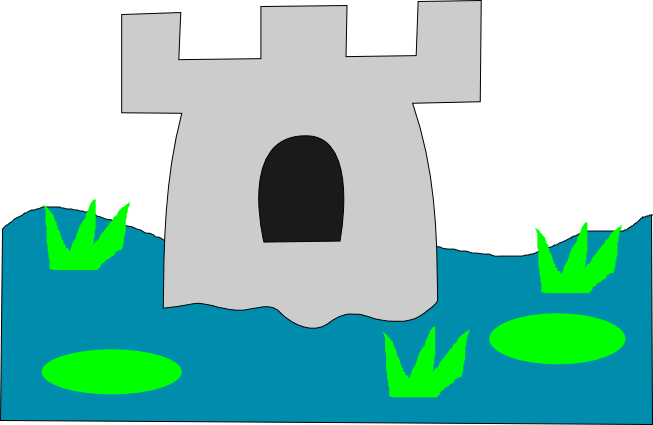Previously I feared there won’t be any H.265 clones beside VP<git-experimental> codec but luckily I was proved wrong.
There’s the second announcement of Really?Networks RMHD, intended for China (RealMedia was popular there after all). Either it’s their completely new codec (NGV) that has finally buffered 100% based on some original ideas or it’s H.265 ripoff. I’d bet on the latter.
Second, I’ve finally read a book describing upcoming AVS2 (again, intended for China and being a Chinese standard). Well, if the first paragraph describing it has such abbreviations as CU, PU and TU you may be sure it’s an original codec that has nothing to do with H.265. Coding concepts like variable block transform, splitting motion compensating block unevenly and having 34 intra prediction modes — those concepts are completely original and are not used anywhere else for sure. Of course there’s some Chinese logic involved in some decisions and thus codec has such gems ripped off HEVC like coding motion vectors in integer precision instead of quarterpel if they exceed certain limit or coding coefficients in zigzags of 4×4 blocks or having special treating for 64×64 blocks (this block is downscaled first and then transformed with conventional 32×32 transform — and they call it Logical Transform BTW) or special motion vector prediction mode for F-frames.
But that’s not all — they’ve introduced special “scene coding”. It relies on G-frames or GB-frames that contain scene background and it may be not displayed (who said VPx?!), and S-frames contain foreground motion. Though I’m pretty sure one can emulate it using H.265 features too, maybe longrefs plus no_display flag. I’m also pretty sure that if HEVC lacks some coding approach for now it will be added soon as a special extension (at least what I’ve read in screen coding extension looked completely logical — like a saddle as one of car seats).
Now I can be sure at last that codec future is looking good.
UPD: And there’s Cisco Thor now as well (simplified HEVC with VLC instead of CABAC). It does two things simultaneously — expands H.265 ripoffs family and borrows more from H.264. Now the only thing missing is Sorenson SVQ5 (or Double Spark or whatever name they want to give it).
